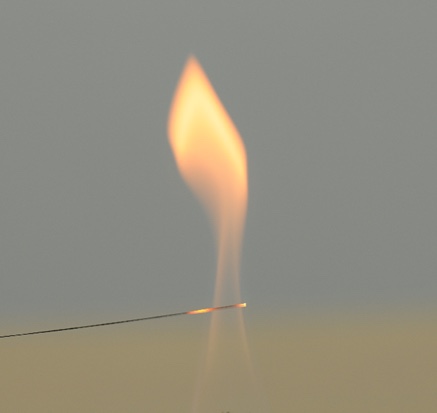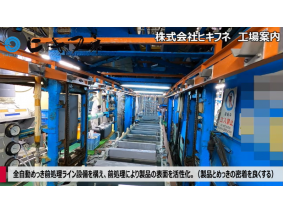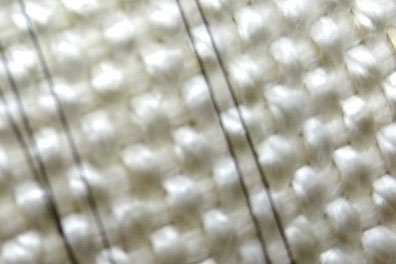
Hikifune’s optical fiber: Supports 800°C with metal coating!
– Adhesion of high melting point metal fine particles to glass fiber (Patent No. 7081864) –
Hikifune:
Hikifune was founded in 1932.
We are involved in plating processing for a wide range of products such as digital equipment, automobile parts, and semiconductors.
Currently, the “coating that protects the optical fiber” is made of resin, and the heat-resistant temperature of heat-resistant resin is in the 300°C range.
Metallic coating of optical fiber:
Optical fibers with metallic coatings can withstand temperatures up to 750°C.
However, there is a drawback that it is easy to break due to the difference in thermal expansion coefficient between metal and glass.

This invention:
In this invention, refractory metal particles are attached to glass fibers.
It avoids the effects of distortion due to the coefficient of thermal expansion, does not break even when used at 800°C, and does not impair its optical properties.
We provide “Glass fiber that acts as a sensor at 800°C”.
Applications of 800°C glass fiber:
Here is an example of what you need under high temperature.
・Strain sensors for boiler tubes in thermal power plants
・Temperature sensor for aircraft jet turbine
・Temperature sensor during engine development
・Temperature sensor for shale gas exploration
For prototype orders, please contact the following.
[Contact] FP Department: Suzuki Tel 03-6662-8301 (Direct) Fax: 03-3696-1973
https://www.hikifune.com/report/detail.php?id=118

Developed optical fiber: Compatible with high temperatures of 800°C
– Expected to be used in aircraft and thermal power plants –
ーHow did you develop an optical fiber that can withstand temperatures up to 800℃?
“Newswitch” reports new products:
Hikifune has developed an optical fiber that can withstand temperatures as high as 800 degrees Celsius.
A plurality of high-melting-point metal microparticles were uniformly adhered to the glass fiber.
Even at 800 degrees C, it can be used as a temperature sensor without impairing its optical properties.
Demand is expected for applications that require high-temperature sensors, such as thermal power plants and aircraft.
Weaknesses of temperature sensors:
Conventional thermocouples and temperature sensors are affected by electromagnetic waves and generate errors.
This optical fiber/temperature sensor is not affected by electromagnetic waves.
Conventional metal-coated optical fibers can withstand up to 750 degrees Celsius.
However, “it is easy to break due to the difference in thermal expansion coefficient between metal and glass.”
New high temperature optical fiber:
Refractory metal microparticles were adhered to the glass fiber.
Currently, we can handle up to 100m in length. In the future, it will be extended to 200m in length.
https://newswitch.jp/p/36941
Plating technology development: Opening up the world with plating. Hikifune Tokyo 1932
https://www.hikifune.com/rnd/
Defect countermeasures: Open up the world with plating. Hikifune Tokyo 1932
https://www.hikifune.com/analyze/